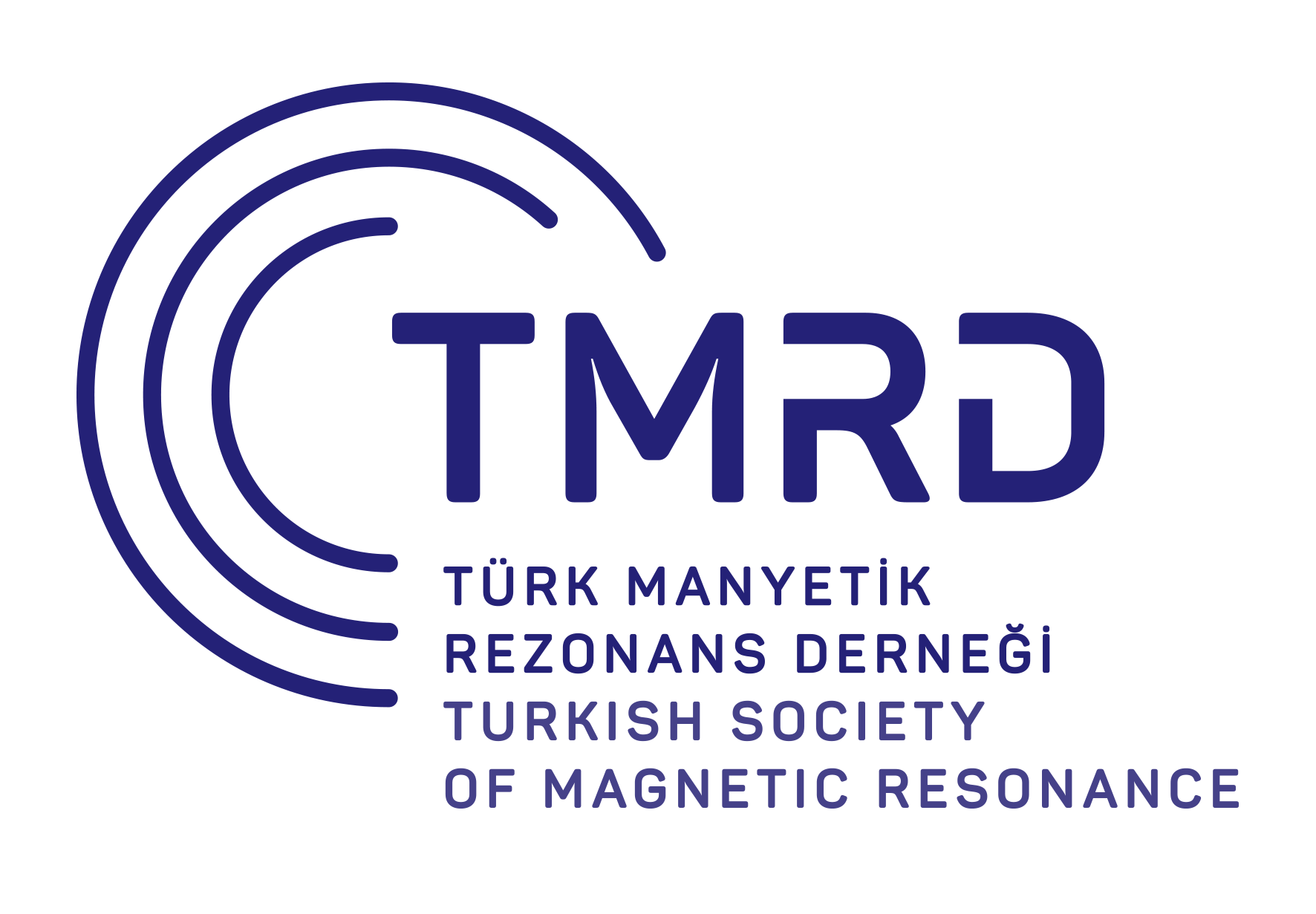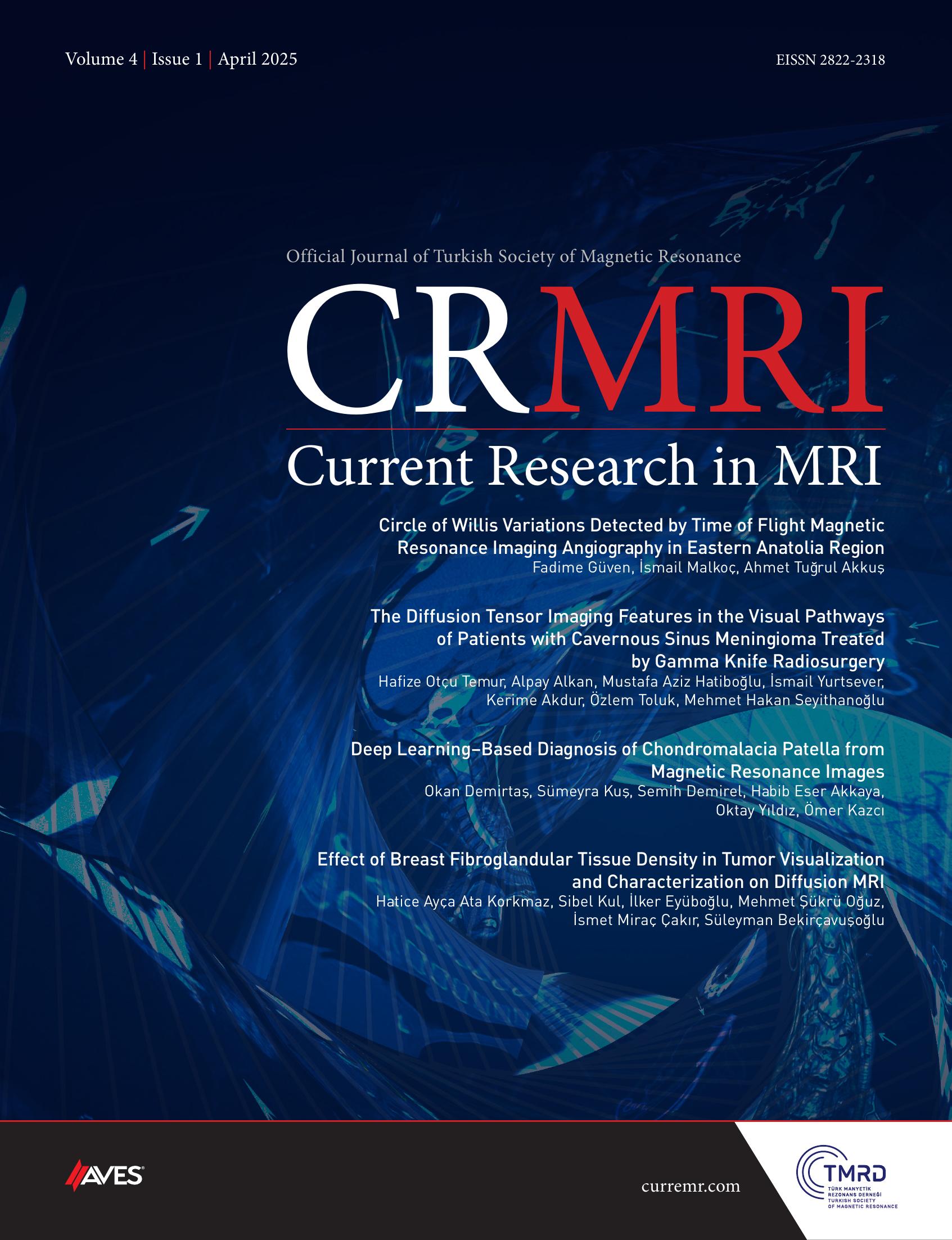Stroke demands rapid and precise diagnosis. Recent advancements in machine learning (ML) have facilitated its integration with magnetic resonance imaging (MRI) for assessing acute ischemic stroke (AIS). This systematic review delves into the utilization of ML algorithms in MRI-based AIS diagnosis and prediction, highlighting their prospective clinical implementation. This systematic review followed PRISMA guidelines, conducting a thorough search across PubMed, Web of Science, Scopus, and Google Scholar. Inclusion criteria focused on studies predicting acute stroke onset time and identifying acute ischemic stroke within the therapeutic window using MRI data for AI algorithms. Only studies post January 1, 2018, were included. Excluded were studies involving chronic stroke patients, computed tomography (CT) scans, other imaging modalities, or lacking AI components. Twelve articles met the criteria, primarily aiming to predict tissue status or ischemic core using deep learning techniques like CNNs, U-Nets, autoencoders, and GANs, often with attention mechanisms or pretrained networks. Magnetic resonance imaging modalities included ADC, DWI, FLAIR, and T2W, with some using advanced techniques like PWI and pCASL. Model performances varied, with some achieving high accuracy in identifying patients within treatment windows and segmenting ischemic regions. One study generated synthetic MRI data, while another accelerated MRI acquisition. Machine learning algorithms exhibit promise in MRI-based AIS diagnosis and prediction, especially in segmenting ischemic regions and classifying patients for treatment. However, validation on larger and diverse cohorts is essential for robustness. Integrating ML techniques into MRI protocols could enhance AIS diagnosis and treatment planning efciency and accuracy in the future.
Cite this article as: Azamat S, Gürkaş E, Ozturk-Isik E. Advances in machine learning for magnetic resonance imaging of acute ischemic stroke: A systematic review. Current Research in MRI, 2024;3(1):20-26.



.png)
